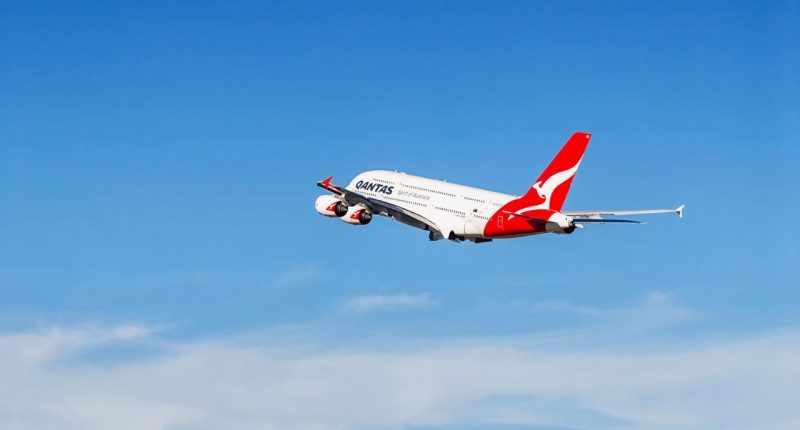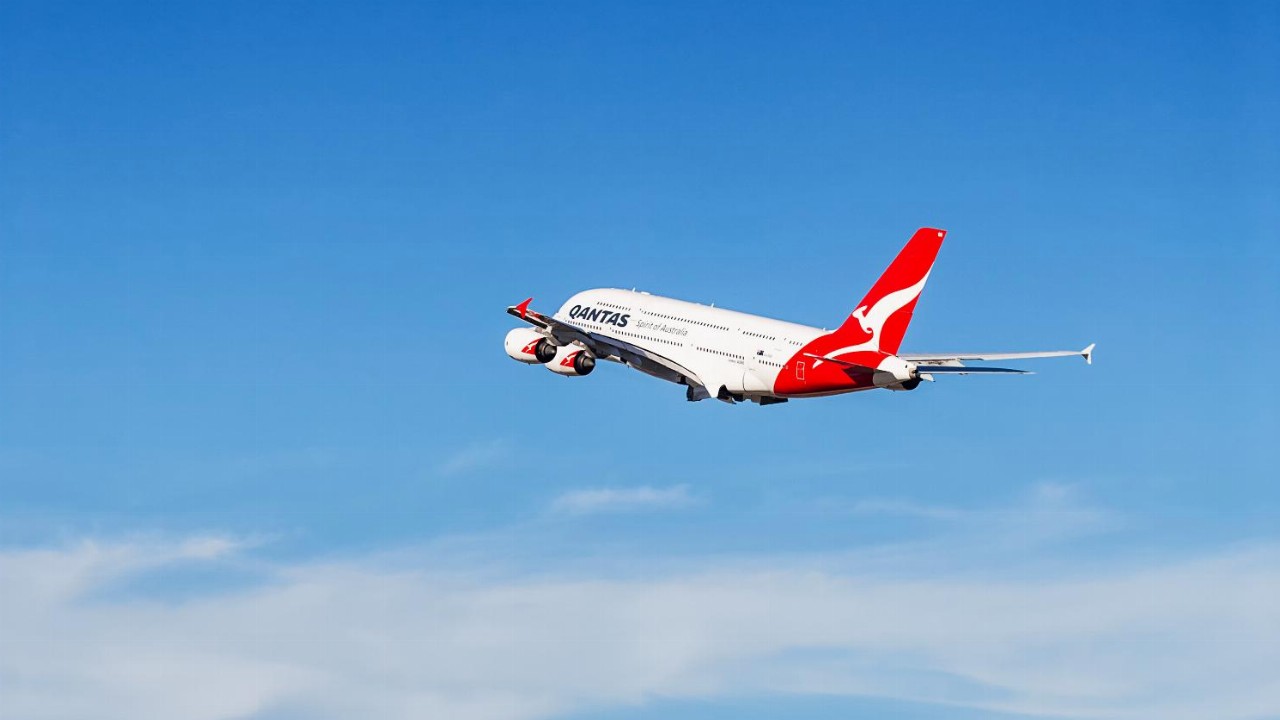- A resurgence in domestic tourism is helping fuel the recovery of Australia’s airline sector
- The ACCC says it’s due to increased consumer confidence, lower airfares and greater competition between airlines
- Total passengers in March were 55 per cent of pre-pandemic numbers — a 41 per cent increase compared to December last year
- However, recent COVID-19 outbreaks are likely to slow the current rate of recovery
- The increased competition means more choice for consumers and a more equal market share among domestic airlines
A resurgence in domestic tourism — thanks to increased consumer confidence, lower airfares and greater competition between airlines — has helped fuel the recovery of Australia’s airline sector in recent months.
The Australian Competition and Consumer Commission’s (ACCC) Airline Competition in Australia report, published today, shows the total number of passengers in March were 55 per cent of pre-pandemic numbers, representing a 41 per cent increase compared to December last year.
Since March, many airlines have reported continued growth, forecasting a return to pre-pandemic levels early in the second half of this year. However, recent COVID-19 outbreaks and resulting border closures are likely to push back that estimate.
“Prior to the recent Victorian outbreaks, the domestic airline industry had experienced relatively fewer and less significant disruptions for a number of months, and the combination of cheaper airfares and growing consumer confidence to travel interstate was critical to the recovery,” said ACCC Chair Rod Sims.
The Federal Government’s Tourism Aviation Network Support (TANS) program, unveiled in March, also helped to boost the recovery by subsidising 800,000 half-price tickets to 15 destinations. While TANS only applied to certain routes, Qantas, Jetstar, Virgin and Rex ran several of their own promotions at the same time to further encourage people to fly.
Qantas had previously forecast capacity to reach 95 per cent of pre-pandemic levels by June and said, along with Jetstar, that it would exceed 100 per cent in the 2022 financial year.
Likewise, Virgin said its capacity would reach 85 per cent of pre-pandemic levels by mid-June.
Operationally, Rex has been expanding its capital city reach and will run six routes connecting Sydney, Melbourne, the Gold Coast, Adelaide and Canberra from next week.
In response to the associated promotional activity, Qantas, Jetstar and Virgin have launched competitive sales that have put downward pressure on prices. The ACCC says those flying Sydney to Canberra are likely to benefit the most, since Qantas had been the only operator on the route after Virgin withdrew its service in March 2020.
“The impact of increased competition can be seen on all of Rex’s new intercity routes, including Sydney to Melbourne where airfares fell to their lowest level in a decade following Rex’s entry,” Mr Sims added.
With increased competition on routes between capital cities comes increased choice for consumers. According to March figures, 18 per cent of Australian travellers flew on routes where there was a choice of three airlines, compared to the pre-pandemic figure of just 1.5 per cent.
It has also led to a levelling of market share among airlines. The ACCC’s report shows Qantas’ share of domestic passengers fell slightly to 69 per cent in March, down from 74 per cent in December last year but higher than its pre-pandemic share of 61 per cent.
“The Qantas Group’s high market share is due to a number of factors, including Jetstar picking up much of the price-sensitive customer segment after Tigerair withdrew, as well as Jetstar benefitting from strong demand for leisure routes,” said Mr Sims.
Virgin’s passenger share increased to 28 per cent in March 2021, up from 24 per cent in December, while Rex has maintained its two per cent share.







